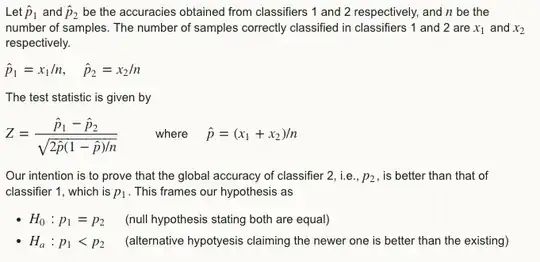Generally speaking if you have some variable $X$ just taking a log of variable $\ln (X)$ will not solve the unit-root problem.
A general way of solving the unit-root problem is to take first differences of the data $x_t-x_{t-1}$. This is where ARIMA comes to play since $ARIMA(p,d,q)$ will beside modelling the autocorrelation of order $p$ and moving average $q$ also differences data where the $d$ will be equal to the order of integration of the series as to make the data stationary.
Once you estimate ARIMA the coefficients will not have the same interpretation anymore. For example, suppose we are using log of real GDP $\ln (Y_t) = y_t$ in a simple $ARMA(1,0)$ we would have:
$$y_t = \alpha + \beta y_{t-1} + \epsilon_t$$
and the $\beta$ would tell us how log of present GDP depends on the past GDP.
If we would use ARIMA $(1,1,0)$ the model would look like:
$$\Delta y_t = a + b\Delta y_{t-1}+ \epsilon_t$$
where $\Delta y_t = y_t-y_{t-1}$. Now the $b$ would tell us how the present growth of GDP depends on its past. While this is not exactly the same as what the ARMA model tells us it still gives us indirect information about how output behaves based on its past. However, you can't get $\beta$ of ARMA from ARIMA directly.
